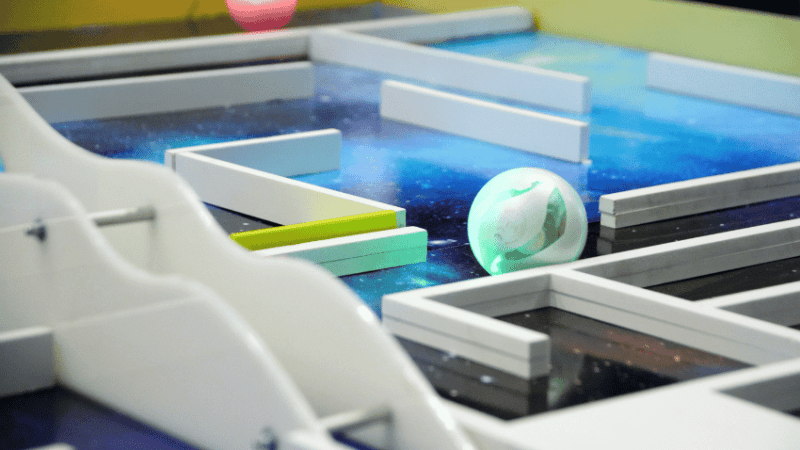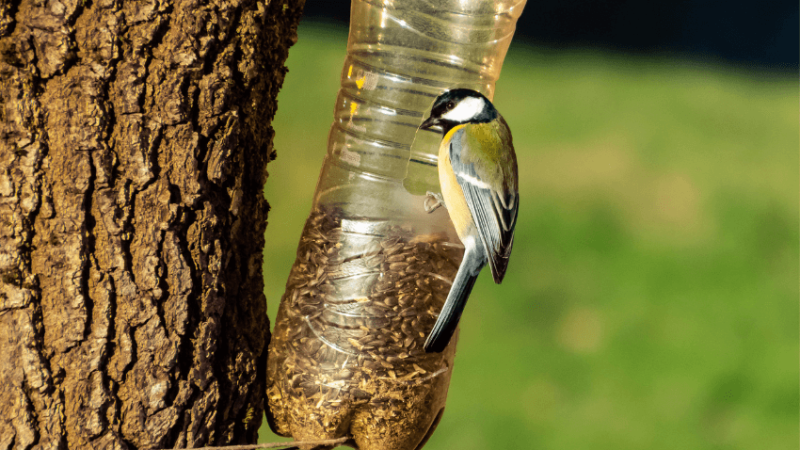STEM stars – Inspiring the engineers of the future, one wacky invention at a time
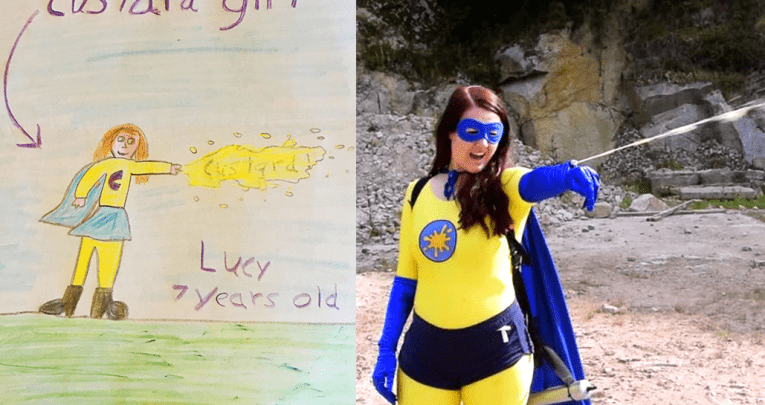
Get your children to draw or explain their crazy invention, and it might just get made

- by Shawn Brown
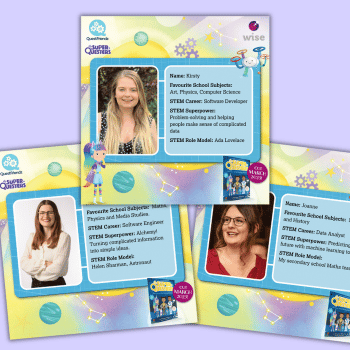
Kids are inventive – there’s no denying it. As adults we are often inclined to focus on the barriers to new ideas, why something can’t be done, or the classic line “if it was possible someone would have done it already”.
However, children tend not to think like this; their ideas aren’t restricted by perceived barriers in the same way as adults’ ideas, and this often allows them to be hugely creative.
By one popular estimate, 65% of children entering primary school today will ultimately end up working in completely new jobs that don’t yet exist (as well as growing up in a world where more and more jobs are becoming automated). So it’s becoming increasingly important to empower young people to harness this creativity and inventiveness, and to be keen problem solvers, in order to help tackle the challenges of the future.
We started our YouTube channel Kids Invent Stuff to get more primary school kids interested in engineering, and to show that engineering relates to every aspect of society (not just cars and washing machines!).
Each month we set a different themed Invention Challenge and invite kids to send us their ideas for inventions.
From a superhero suit that fires custard to a fire and water shooting piano, we’re consistently blown away by the inventive brilliance of the ideas we’re sent:

for our Superhero Gadgets Challenge.
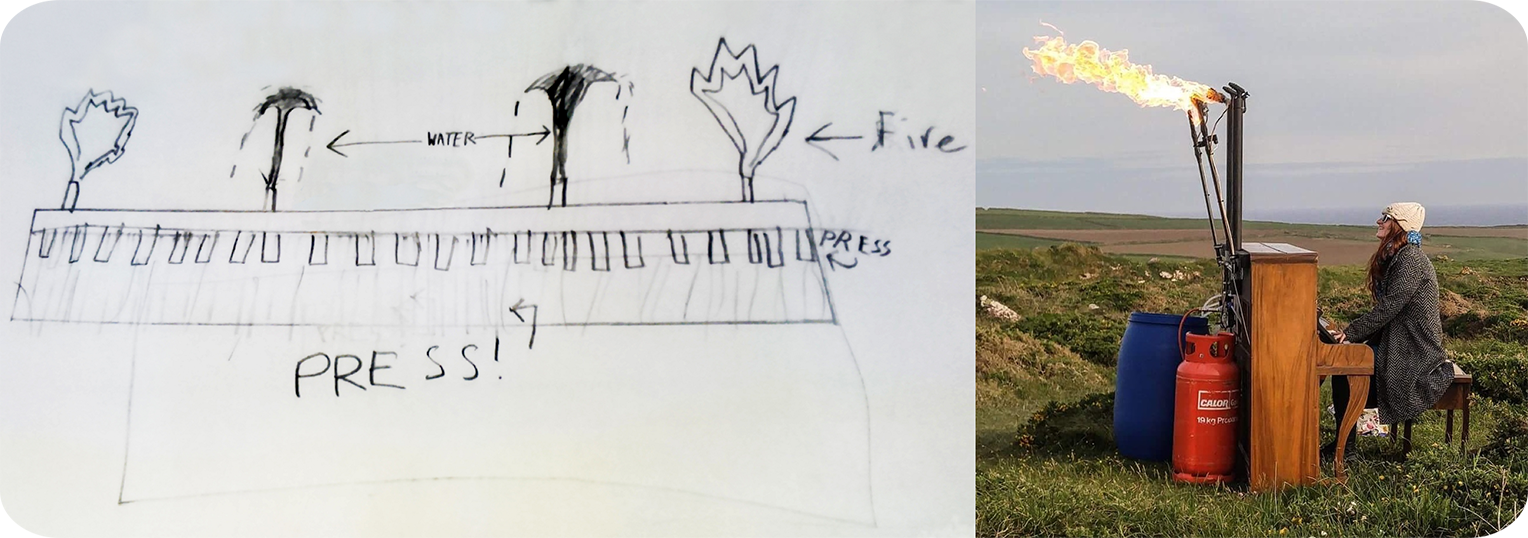
for our Crazy Musical Instruments Challenge.
With the ongoing funding challenges that UK schools face, it’s becoming increasingly harder to incorporate creative, practical tasks into classroom activities. When visiting schools I see this time and time again, and meet numerous teachers who are upset about the loss of support for design and technology and art, and the effect this has on their students.
So how can we boost creative engineering skills at a time when resources are so stretched? Well, I’m not a teacher, but from delivering workshops in schools I’ve found there to be two key areas in which innovation and creative thinking can be supported, with little or no cost.
The first such area relates to drawing. Although not typically considered to be a STEM skill, the ability to draw and communicate your ideas is a hugely powerful tool when it comes to understanding and engaging with STEM subjects. It is also a skill that many engineering and design companies look for in potential employees, and one that has been shown to support learning throughout both primary and secondary education.
Incorporating drawing tasks into STEM activities can help students to improve their understanding of a particular concept or theme and to encourage an engineering, problem-solving approach to working. I’ve also done my fair share of work supporting individuals with dyslexia (I’m dyslexic myself, in fact) and I often find that the option to draw rather than write is very much welcomed by those with specific learning differences.
The other area in which engineering and design thinking can be supported is through the encouragement of failure, and by giving students practical opportunities to fail. This may seem contradictory to promoting STEM subjects, but messing things up and learning from your mistakes is in fact a fundamental underpinning of engineering and science. Without failure many of the world’s biggest technological breakthroughs would simply never have occurred.
So when I’m delivering engineering workshops, regardless of the time, resources and the kit available, I always like to encourage students to draw their ideas and to get things wrong and learn from their mistakes. This creative, iterative approach almost always proves successful and enjoyable for all involved, particularly those who are perhaps often less motivated in class. And, of course, drawing and getting things wrong are both entirely free!
For our Kids Invent Stuff Invention Challenges we invite 5-11 year olds to draw their inventions and send them to us for a chance to get their ideas built by real engineers.
Submitting ideas is easy – they can be sent in as drawings, or as videos of children explaining their idea. These can be uploaded to our website (kidsinventstuff.com) and for schools and educators we have a worksheet for the challenge which you can download from the site. We’ve even had some primary schools who’ve set a challenge for every child in their school!
For our current challenge we’re looking for kids’ ideas for Underwater Gadgets – crazy inventions to use under the sea, in the bath or anywhere else that’s underwater. The crazier the better!
This challenge closes on 25 August, and for some inspiration here’s a little taster of some of the things we’ve built to date:
And check out our YouTube channel to see some of the other things we’ve built so far in 2017.
Keep inventing!
Shawn
Along with fellow engineer and inventor Ruth Amos, Shawn Brown co-presents Kids Invent Stuff; the YouTube channel where 5-11 year olds can get their invention ideas prototyped and shown to the world. He also delivers practical engineering workshops in schools across the UK and is passionate about tapping into kids’ creativity. Find out more on the website at kidsinventstuff.com and follow them on Twitter at @kidsinventstuff.


